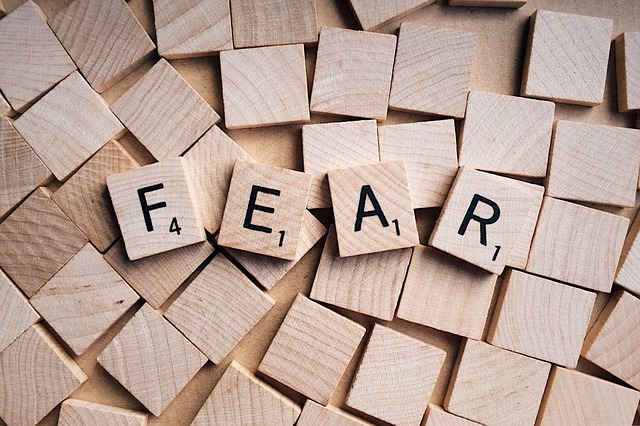One of the weekly MARC meditation podcasts addresses the issue of overcoming aversion as a barrier to meditation. Aversion is the last of five obstacles to meditation covered by Diana Winston in a series of meditations aimed to remove the barriers that stop us meditating or divert our attention during meditation. In a previous post, for example, we discussed ‘desire‘ as one of these obstacles.
Diana points out that aversion may arise through boredom with the practice of meditation, resentment of the time that needs to be set aside to maintain daily meditation practice, or residual negative feelings from something in our lives. These feelings may be anger over a job loss, frustration about not making progress with a project or residual feelings from conflict with someone at work or at home. These negative feelings can result in our feeling reluctant to even start our meditation.
Diana suggests that the feeling itself – whether boredom, anger, resentment or frustration – is the starting point. Just noticing what we are feeling, acknowledging it and understanding how it has arisen, can be the focus of our meditation. We do not need to focus elsewhere or be tied to a routine or prescribed topic. It’s enough to deal with ‘what is’ – what we are thinking and feeling in the moment.
What is important though is to treat ourselves with loving kindness – not beating up on ourselves for a lack of interest at the time or the presence of negative residual feelings. A way to negate this negative self-evaluation is to engage in a further meditation focused on loving kindness towards our self.
Loving kindness meditation in the event of aversion to meditation practice
Loving kindness meditation can focus on our self and/or others – these can also be combined. When using the loving kindness approach, it is recommended to start with loving kindness towards others and to use the resultant experience of ‘warmth’ to turn the focus onto yourself.
Having first become grounded, the meditation begins with a focus on someone you admire or love. After imagining the person of your choice, the meditation begins with wishing them wellness, e.g. “May you experience strength, health and happiness.”
This then flows onto loving kindness meditation towards yourself. Here, you extend to yourself similar wellness wishes and avoid any judgmental thoughts that could diminish your self-esteem. The reality is that even experienced meditators encounter obstacles to their meditation practice, including aversion.
As we grow in mindfulness through meditation, we can learn to handle whatever comes our way, including obstacles such as aversion. Loving kindness meditation extended to others and to our self, can free us from negative self-evaluation in the event of experiencing a meditation obstacle.
By Ron Passfield – Copyright (Creative Commons license, Attribution–Non Commercial–No Derivatives)
Image source: courtesy of johnhain on Pixabay
Disclosure: If you purchase a product through this site, I may earn a commission which will help to pay for the site, the associated Meetup group and the resources to support the blog.









